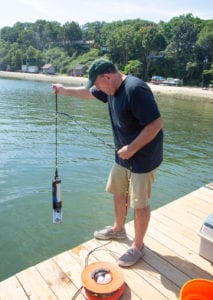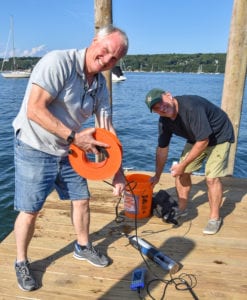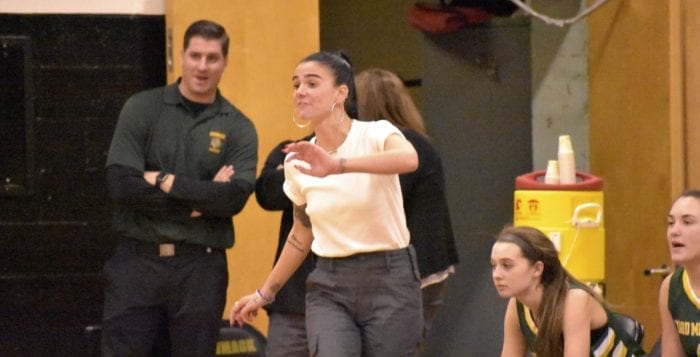By Daniel Dunaief

You know Murphy’s law, right? Whatever can go wrong will go wrong. Well, it seems that we need to update Murphy’s law. To that end, please find a few of my experiential and observational corollaries.
• Your kids know more about electronics than you do. Yes, I know there are information technology people who are keeping up with the latest apps, some of whom may actually write the apps. But most of those people stop using their phones or looking at their work when they go home. Your kids are using them all the time. They are professional app users, while you likely know one app extremely well.
• You will receive a message from your airline when it doesn’t help. I appreciate how airlines, and even Expedia, offer to send you updates on your flights. Most of the time, however, the text that the plane is delayed two hours will arrive just after the car that’s brought you to the airport pulls away from the curb.
• Following the rules at the doctor’s office, the DMV or anywhere else you might be a captive audience rarely works. I recently went to a doctor’s office half an hour early because the email requested that I arrive then for my first appointment. I waited more than an hour for a consultation that lasted a few minutes.
• You’re likely to leave out a critical word at a critical time in a critical email. Let’s say someone proposes an idea at work that you find wholly objectionable and unworkable. You respond: “I can agree with this idea.” Forgetting the word “not” then means that your boss, who proposed the idea in the first place, now gives you ownership of a process that is even worse than it seemed when you first read the email through your sleep-deprived eyes.
• The cute baby that made you smile in the airport or the bus station will be sitting behind you for hours. In the few moments when he’s not screaming, he’s kicking your chair right behind your head, rendering the noise cancellation headphones you bought utterly useless.
• In the world of TMI (too much information), you’re likely to hear something that makes you wish you had a plastic bubble. Someone near you on a subway will be talking to his friend on the phone about a strange rash that’s spreading everywhere while coughing violently into the air.
• The cable or appliance repair person who gave you a four-hour window when he might arrive at your house will come at the beginning of the window, the end of the window or in those three minutes you stepped out to get a cup of coffee just down the street. When you return to find the note indicating how sorry he was that he missed you, you have an adult tantrum which terrifies the neighbors and their kids, who will no longer come to your house during Halloween.
• Complaining about the performance of an athlete who never seems to live up to his or her potential means that athlete will do something incredible within moments of your most vocal complaint. That will be the case unless you’re complaining because you secretly believe that will lead to a winning effort. In that case, the athlete will meet your low expectations.
• The year you move to a place where you’re assured there are no hurricanes, you watch the familiar sight of wind tearing through your backyard, as a hurricane fells trees you have owned for all of two weeks. Ah, cypress tree, we hardly knew you.



















